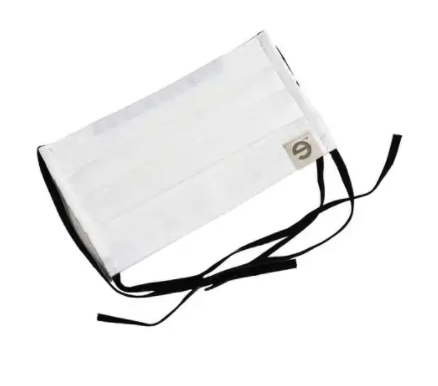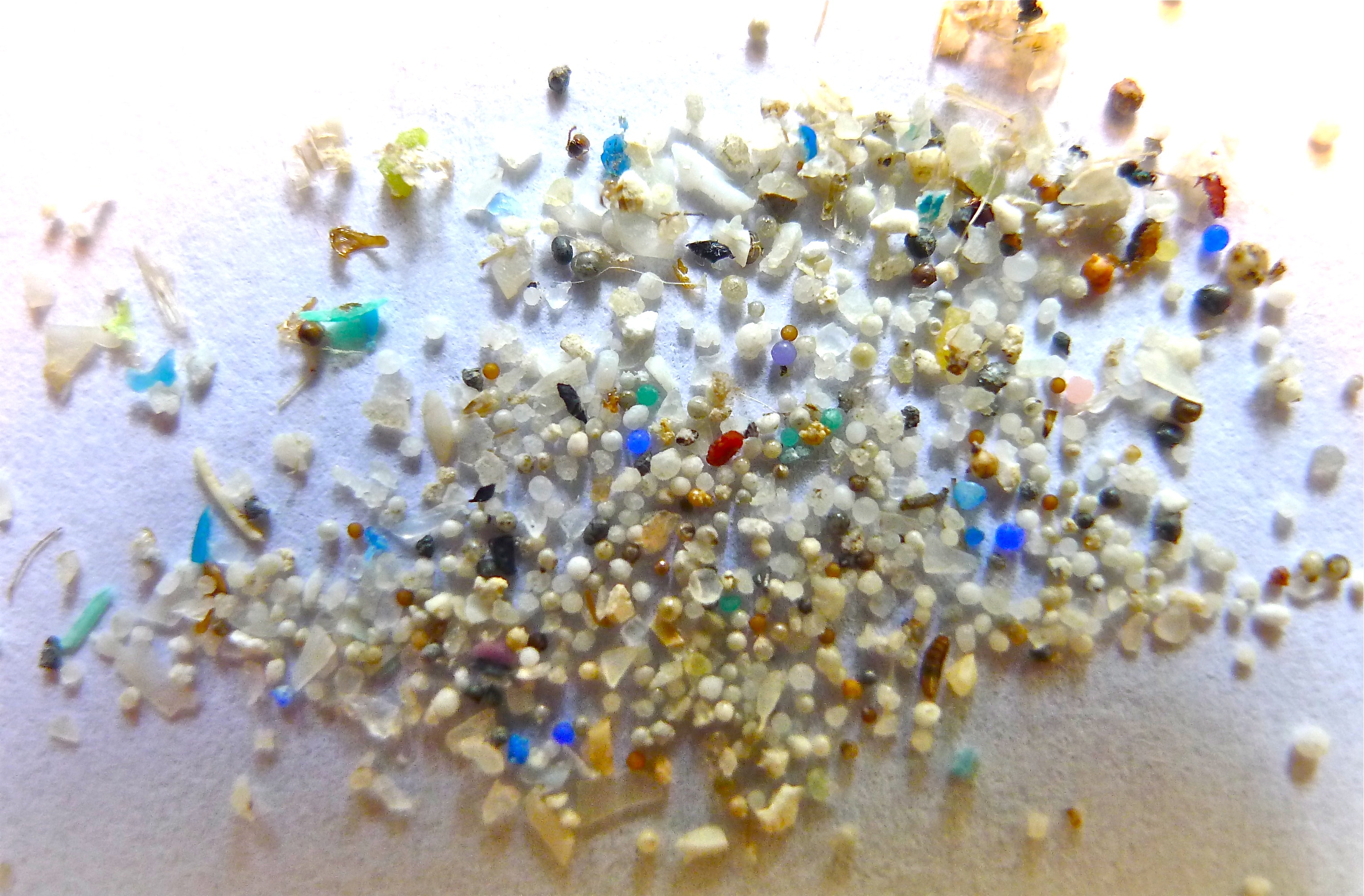Nano Silver Used in Face Masks

It seems that face masks containing nanosilver has emerged on the European consumer market. We have just added the first couple of masks to our database and there will most likely be more to come!
In February 2021, EURACTIV reported that the Belgian government had given out face masks that may contain nanoparticles of silver and titanium dioxide. The Belgian health institute, Sciensano, are currently carrying out an in-depth study to investigate the potential use of nanoparticles in the masks handed out.
In addition to the face masks containing nanoparticles of silver, there are masks with unknown nanomaterials. The nanotechnology is reportingly used in the filters between the layers of the facemasks.
The NGO, Health Care Without Harm (HCWH) Europe has written a letter to the European Chemicals Agency (ECHA) raising concern about the illegal use of nanomaterials has an active substance in treated articles.
From ECHA’s response to HCWH, it seems unclear whether non-medical face masks would fall under what is known as a “biocidal product” in and of itself or would be classified as a “treated article” under the European Biocidal Product Regulation. A Face masks claiming a biocidal function should contain only either approved active substances or substances covered by the Biocides Review Programme. At the moment, only two active substances in nanoform are currently allowed for disinfectants or preservatives in the EU since they are currently being exanimated by Sweden in the review programme of existing active substances. The two are: silver as a nanomaterial and silver adsorbed on silicon dioxide as a nanomaterial in the form of a stable aggregate with primary particles in the nanoscale.
This means that using other nanomaterials as active substances in biocidal products or in treated articles is not allowed in the EU.
Importantly, when a treated article placed on the market refers to the biocidal properties of, for instance nanosilver, the label should include a statement that the treated article incorporates biocidal products, the names of the active substances, and if present, the names of each biocidal (nano-)substance followed by the word ‘nano’ in brackets. In reality, however, these labelling requirments are seldomly followed and a survey from 2019 revealed that the quality of information provided on the labels was inadequate in 36% of cases and that basic information, such as the name of the biocidal active substance used for treatment of the product, was often missing.
 English
English Danish
Danish






